
Home » Meet the Breed: 5 Things to Know Before Getting a Czechoslovakian Vlciak

ALL PHOTOS: Courtesy of the Czechoslovakian Vlciak Club of America.
Known for its beautiful and truly wolf-like appearance, the Czechoslovakian Vlciak, is one of the most intriguing options available for people looking for a dog that resembles its wild counterpart but is responsibly-bred and available for safe and legal ownership.
Originally bred to patrol the border in its native country of Czechoslovakia back in the 1950s by crossing German Shepherd Dogs with Carpathian Grey Wolves, these standardized purebreds can make great candidates for a variety of working activities, including Herding, Search and Rescue, Tracking, and more.
The Czechoslovakian Vlciak was recorded in the American Kennel Club (AKC) Foundation Stock Service in 2001, and will be added to the Working Group when it is fully recognized by the AKC. The breed currently holds UKC recognition as of 2006.
This Wolfdog has a lifespan of 12-16 years. Females weigh at least 44 pounds and males weigh a minimum of 57 pounds.
Here are five things to know about the breed before bringing one home:
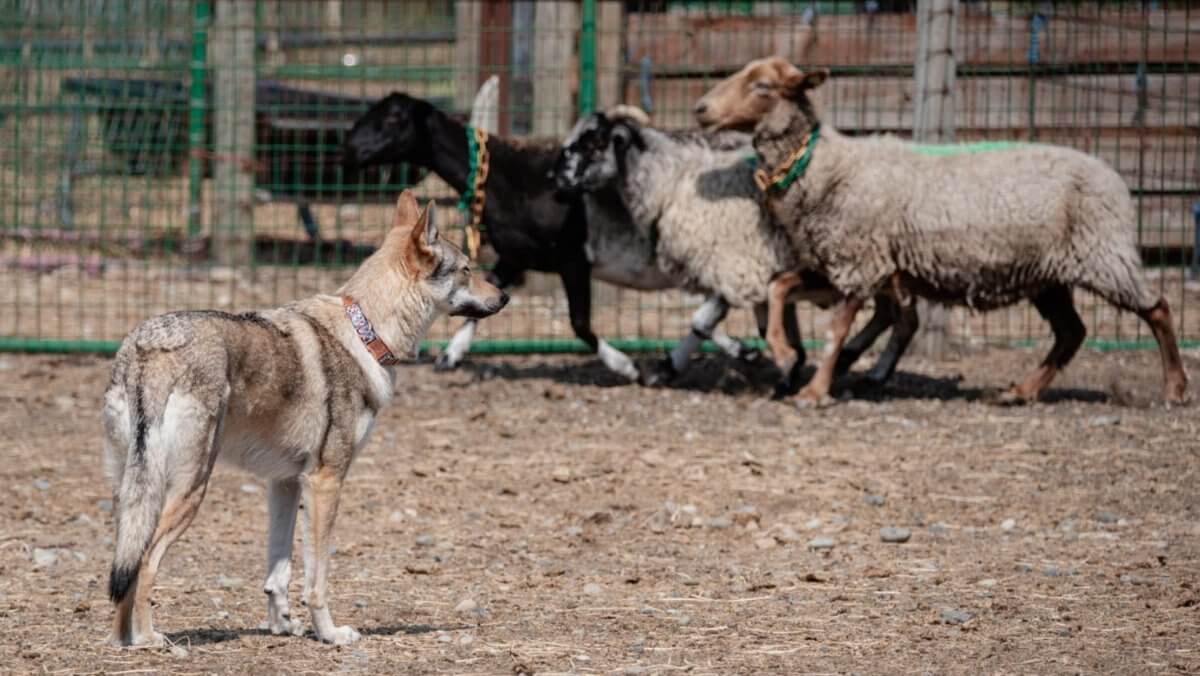
If you are looking first and foremost for a dog that is it be a canine companion that does well with a number of small children and other animals in the household, the Czechoslovakian Vlciak may not be the best breed to put at No. 1 on your list. While all dogs are individuals with their own personalities, at the end of the day this breed is known for having a high prey drive (which makes it a poor candidate for environments with small animals like cats) and a dominant, independent, and aloof nature. Proper socialization is especially important in the early stages of life for this breed.
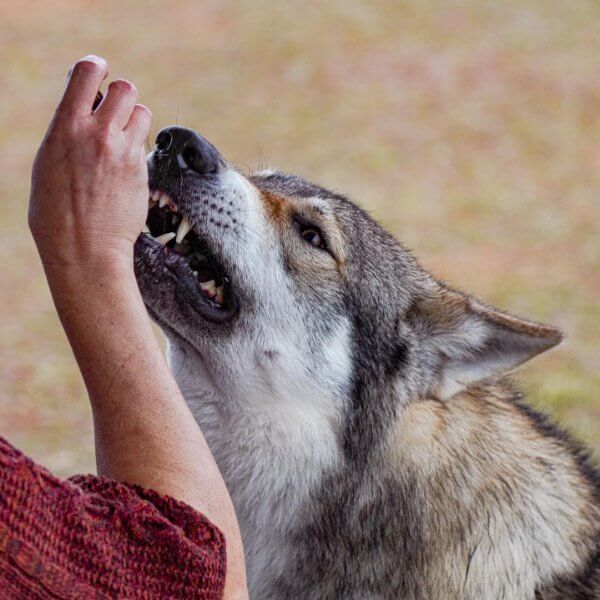
Despite having what some people may consider to be a formidable appearance because of their striking resemblance to an actual wolf, Czechoslovakian Vlciaks don’t exactly use their bark to intimidate. The breed is relatively quiet, overall, which will come as pleasant information to those looking for a breed on the less noisy side, with a low tendency to bark. This, however, should not be meant to imply the breed is not a solid guardian dog, which was one of its original purposes.
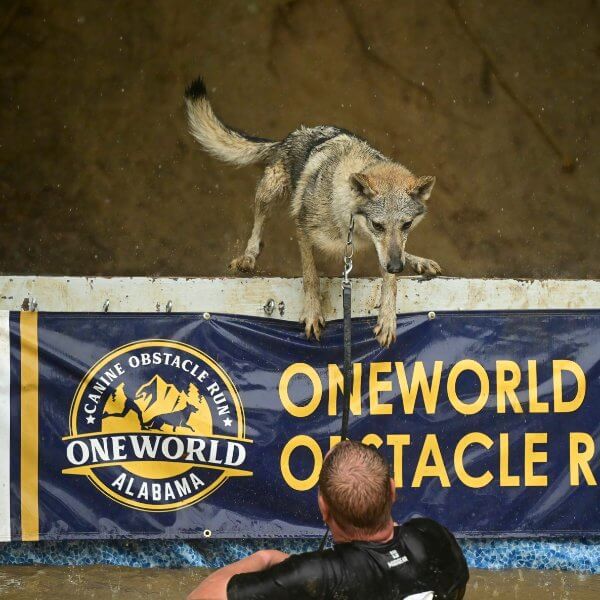
The Czechoslovakian Vlciak is a breed that needs a high level of mental stimulation. These dogs are highly intelligent, but it is important to keep in mind that this is not a breed that will simply do what is asked. The best way to go about training a Czechoslovakian Vlciak is to cater to the individual’s natural primitive instinct and make the dog think the activity is the dog’s idea—while also avoiding too much repetition. Regular exercise, including walking, hiking, and running, will also help to keep these dogs happy, as this can be the perfect breed for people with an active and adventurous lifestyle.
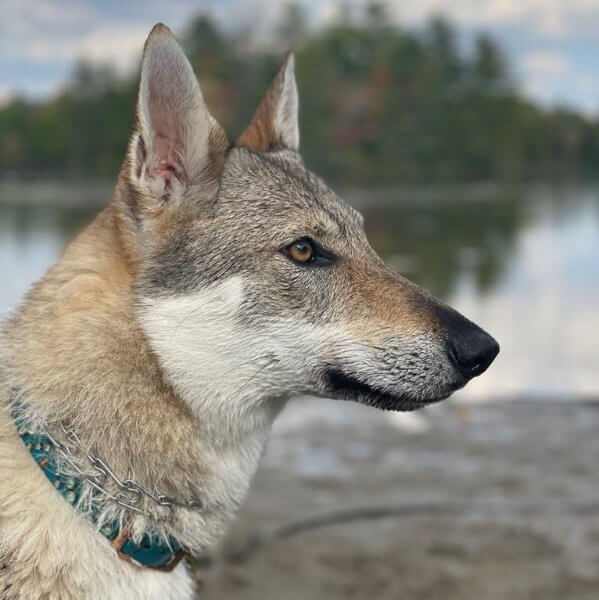
Like many breeds in existence, Czechoslovakian Vlciaks can develop health issues, so it is important to make sure your potential puppy’s parents have been properly health-tested and cleared before the dog was bred. While this is one of the healthier and hardier breeds overall, the parent club for the breed, the Czechoslovakian Vlciak Club of America, requires yearly cardiac exams and testing for hips, elbows, degenerative myelopathy (DM), and Pituitary Dwarfism (DW). Eyes are optional for breeders, as a study conducted in Slovakia shows the breed’s eyes are healthy.
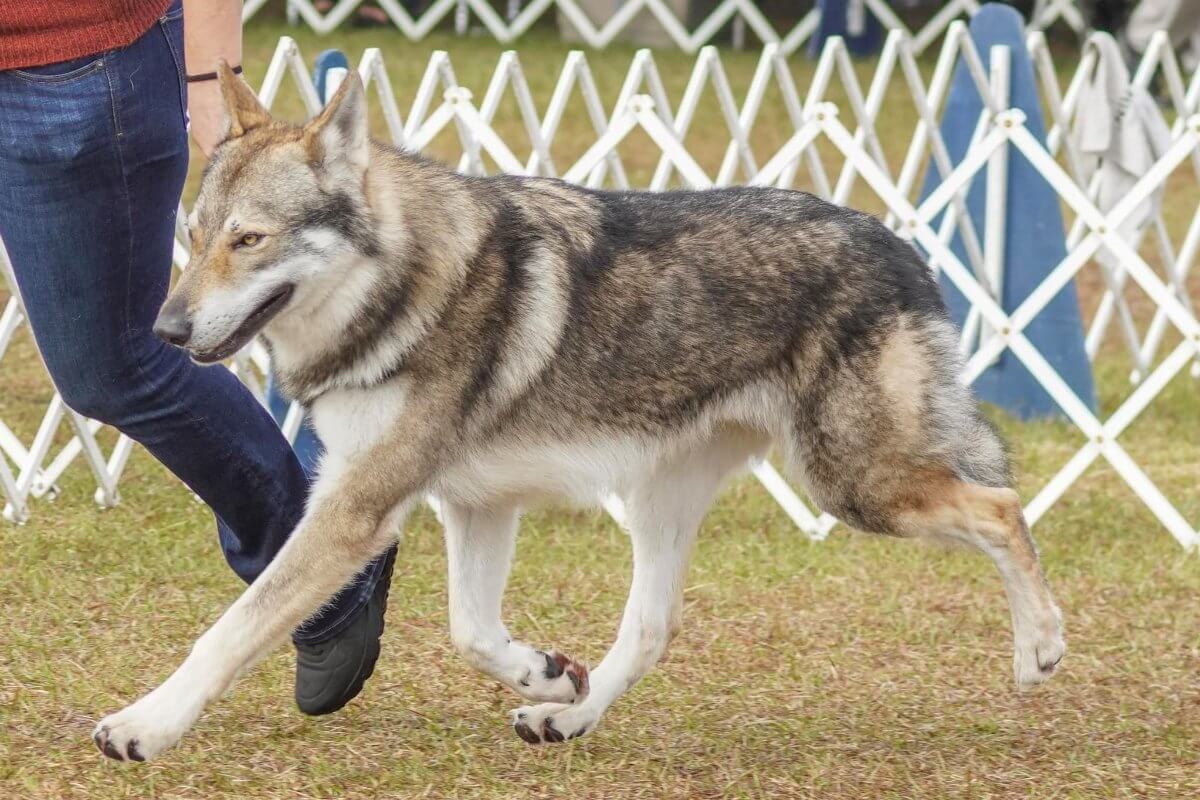
The Czechoslovakian Vlciak naturally has a weather-resistant coat that shakes out dirt on its own, which makes keeping the coat clean relatively easy in comparison to some other breeds. However, it is important to note that this is a double-coated breed, meaning the bathing and blow-drying process can take longer than with single-coated breeds. Also, like all dogs with this coat type, Czechoslovakian Vlciaks “blow” their coat twice each year, shedding out all of their undercoat. This means only homes that can tolerate a large amount of shedding, two times annually, should add the breed to their list of dogs to consider bringing home.
